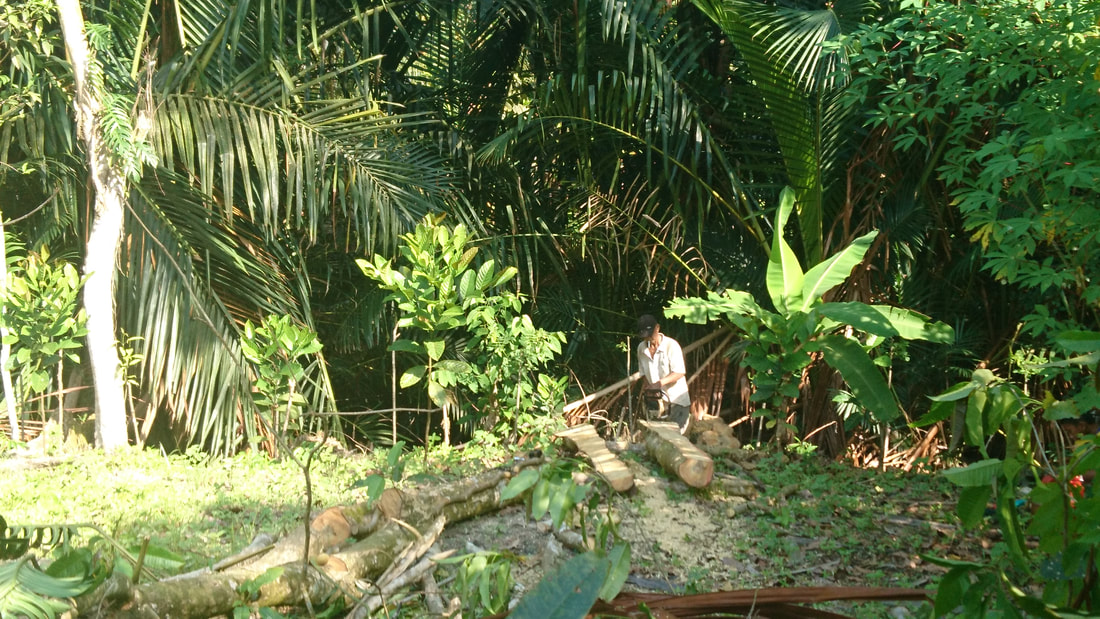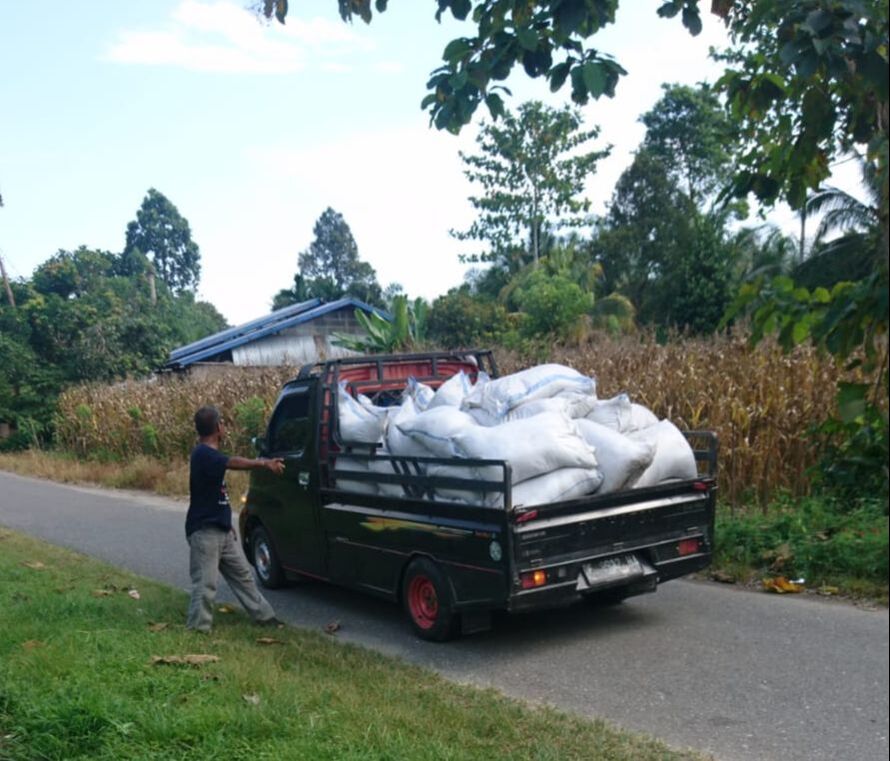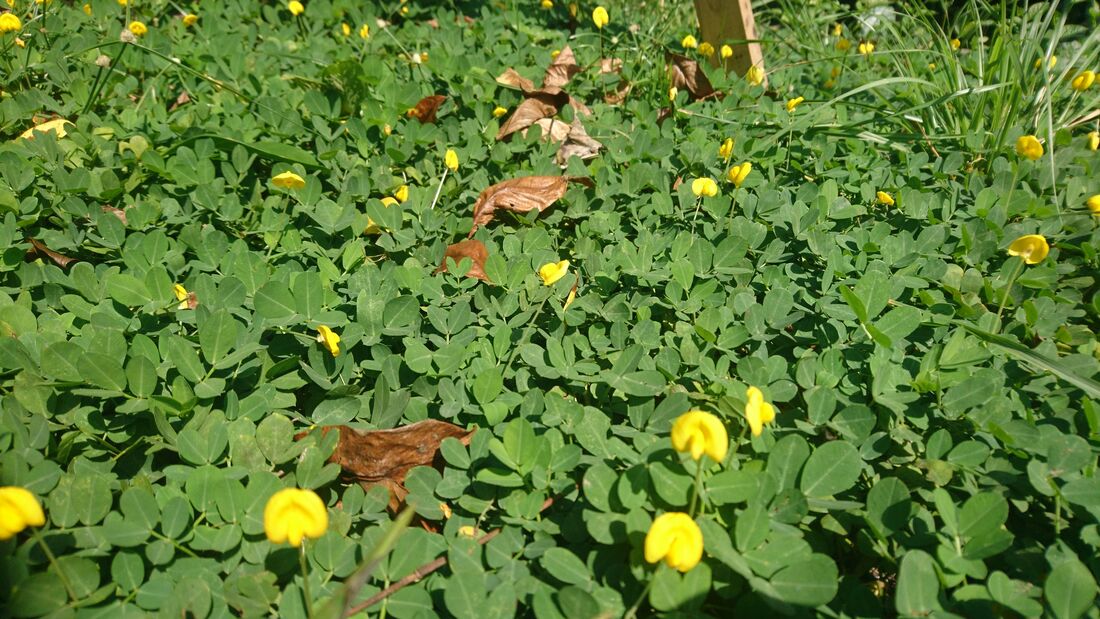|
This week in Rudy Reads, Rudy and Saga report on experimenting with compost and ground covering. They have also searched for new crops to introduce in the Kebun and they tell us more about the status of the compost facility and the water well! The compost matter
Experimenting with ground cover plants
Man power in exchange for English classes
Agroforestry facts: Did you know?The “porang” is considered the companion of the cocoa. This tree grows here and there in the shady places (often under the cocoa tree) of the Kebun. Many people take the tree away, but that’s a waste! If you dry the tubers that the plant produces, you can catch 20,000 rupiah per kilogram for this. This means extra income for the farmers!
1 Comment
|
Authors Tom, Onno, Claudia and FatimaTales from the project site Archieven
Juli 2020
Categorieën |
©LaGaligoFoundation






 RSS-feed
RSS-feed